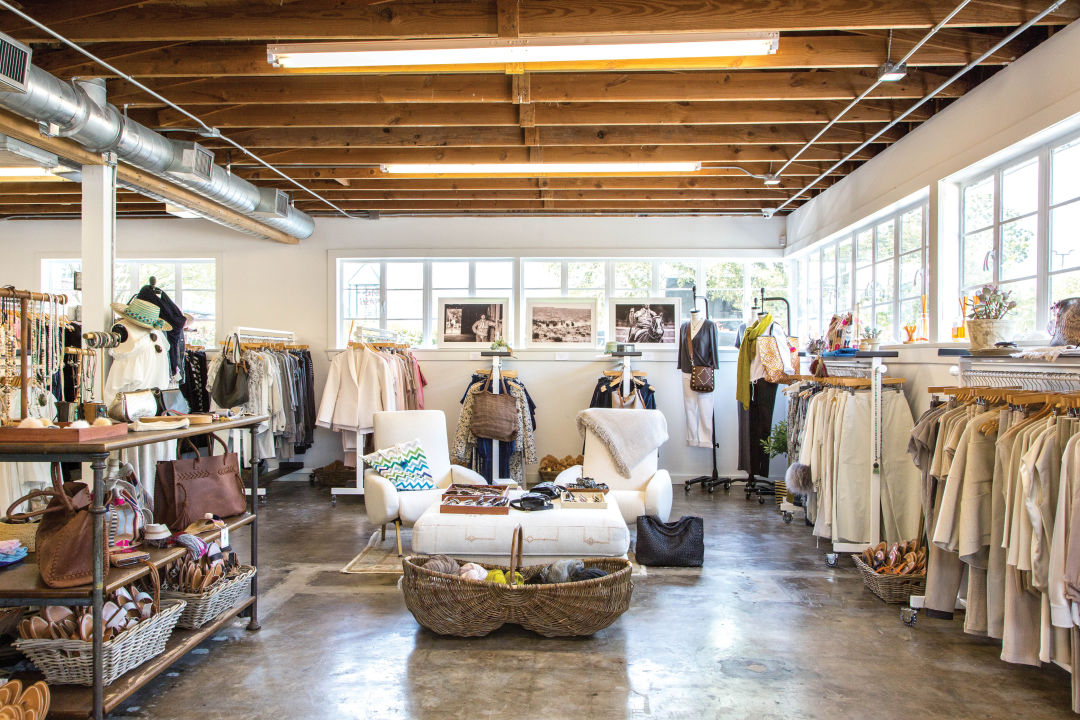Discovering the Evolution and Impact of Clothing on Modern Fashion Trends
The evolution of apparel has dramatically affected modern fashion patterns, combining historic criteria with sophisticated advancements. Renowned numbers like Coco Chanel and Yves Saint Laurent transformed the style industry by introducing concepts that focus on convenience and availability, which continue to resonate today. Technical strides in areas such as 3D printing and clever textiles are redefining design opportunities and consumer experiences (boutique fashion). Additionally, the expanding emphasis on inclusivity and sustainability is improving sector standards. As we think about these diverse influences, one need to doubt just how these elements jointly redefine fashion's role in showing and shaping modern culture.
Historic Style Influencers
In the tapestry of fashion history, particular numbers have actually left an enduring mark, forming the trends and styles that specify whole ages. Coco Chanel, a cutting edge developer, redefined ladies's style by introducing comfortable, classy garments that departed from restrictive corsets.
Elsa Schiaparelli is another pivotal figure, renowned for her avant-garde layouts that included surrealist art, collaborating with Salvador Dalí to develop whimsical items that tested standard aesthetics. Her cutting-edge use shade and vibrant patterns reverberates in contemporary fashion. Yves Saint Laurent, meanwhile, democratized high style with prêt-à-porter collections, bringing runway styles to the masses and setting a criterion for modern ready-to-wear lines.
These enthusiasts, to name a few, not only reinvented style in their times but additionally set enduring fads that reverberate in today's fashion industry, giving a structure upon which contemporary designers remain to construct and introduce. Their legacies underscore the value of creative thinking and bold in style's ever-evolving story.
Technological Improvements in vogue
Among the vibrant landscape of the apparel industry, technological innovations stand at the leading edge of advancement, improving exactly how developers develop and customers involve with fashion. The combination of 3D printing has actually transformed style processes, enabling designers to experiment with complex frameworks and lasting materials that were formerly impossible. This modern technology assists in fast prototyping, decreasing waste and quickening manufacturing times.

Smart fabrics, installing technology right into materials, are likewise changing the industry. Developments like self-cleaning and temperature-regulating materials supply improved capability and comfort. Wearable modern technology, integrating features like fitness monitoring and communication, adds a brand-new dimension to style, combining aesthetic appeals with usefulness.
Social Changes and Design
As technological developments remain to improve the apparel industry, cultural shifts are just as prominent, redefining design and customer choices. Recently, the surge of social media platforms has sped up the dissemination of global style patterns, enabling varied social impacts to exist side-by-side and converge. This digital interconnectivity has facilitated the fast exchange of concepts, Going Here leading to look at this site a much more comprehensive and diverse analysis of style that mirrors the multifaceted nature of modern-day culture.
Social awareness and admiration have actually motivated developers to attract motivation from a more comprehensive range of ethnic and historical contexts, integrating conventional motifs with modern aesthetic appeals. This combination has caused fashion that reverberates with a larger target market, promoting a sense of identity and belonging across various demographics. In addition, the enhancing demand for customization has driven brands to provide customizable alternatives, allowing consumers to share uniqueness while reflecting their social heritage.
Additionally, shifting social values have actually affected fashion, with inclusivity and variety becoming main themes. The sector has begun to accept models and influencers of numerous type of body, ethnicities, and sex identifications, challenging standard appeal requirements. This change emphasizes the power of cultural changes in shaping the future of fashion, as style ends up being a more genuine expression of collective and personal identification.
Sustainability and Modern Layout
While the apparel industry proceeds to evolve, the vital for sustainability has actually become progressively immediate, influencing modern-day layout practices. This shift intends to address moral considerations and environmental problems, resulting in a reevaluation of typical manufacturing methods. Designers are now incorporating lasting products, such as organic cotton, recycled polyester, and naturally degradable textiles, into their collections, lowering the eco-friendly footprint of fashion. The rise of sluggish fashion, which highlights high quality over amount, urges customers to invest in ageless items as opposed to short-term fads.
Additionally, contemporary style is defined by its innovation in reducing waste and promoting circularity. Techniques such as zero-waste pattern cutting and 3D knitting are acquiring traction, permitting developers to develop garments with marginal material waste. Additionally, brands are adopting clear supply chains, making certain liability and promoting consumer trust. This strategy not just reduces ecological impact but additionally improves the social responsibility of style homes.

Future Trends in vogue

Sustainability will certainly proceed to be a driving force in shaping future style trends. The sector is progressively adopting environmentally friendly materials and honest production methods, reacting to an expanding consumer demand for liable methods. Innovations such as bio-fabricated materials and closed-loop recycling systems are readied to redefine how apparel is created and eaten, decreasing ecological impact while keeping style and high quality.
Social shifts, consisting of the rise of inclusivity and diversity, will certainly also play an essential function. As culture becomes a lot more knowledgeable about social issues, style is expected to end up being a system for expression and change. Designers will likely concentrate on creating collections that mirror a wider array of identities and experiences, promoting representation and availability.
Verdict
The advancement of apparel dramatically impacts modern-day style fads, where historic influences combine with modern styles. This continuous development underscores fashion's duty as a mirror to social worths and technological development, suggesting a future abundant with technology and inclusivity.
The advancement of garments has substantially influenced modern style patterns, merging historical criteria with innovative developments.Amidst the vibrant landscape of the fashion market, technical advancements stand at the forefront of advancement, reshaping how developers produce and customers involve with fashion.While the fashion industry proceeds to progress, the critical for sustainability has actually become increasingly immediate, influencing modern-day style techniques. As sustainability ends up being embedded in modern-day style, it leads the method for an extra aware and accountable style industry.
The advancement of clothes significantly influences modern style trends, where historic influences merge with modern styles.